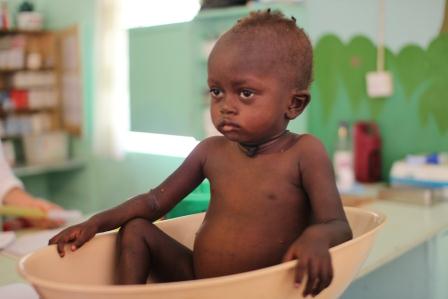A Few Questions
 Working in a country with over 110 separately registered NGOs you begin to ask a few questions. Working in a hospital you begin to ask a few more.Gambia has a population of approximately 1.8million people. Clinging to a wide expansive river the country is split in two. Predominantly, the south is made up of patches of dense thick jungle and high grassland. The mango trees form pockets of shade away from the jungle and protect from the hot tropical sun. In the flatter grassed areas these conglomeration of mango trees signal a village forming and provide ample shade for the small 3mx3m houses.
Working in a country with over 110 separately registered NGOs you begin to ask a few questions. Working in a hospital you begin to ask a few more.Gambia has a population of approximately 1.8million people. Clinging to a wide expansive river the country is split in two. Predominantly, the south is made up of patches of dense thick jungle and high grassland. The mango trees form pockets of shade away from the jungle and protect from the hot tropical sun. In the flatter grassed areas these conglomeration of mango trees signal a village forming and provide ample shade for the small 3mx3m houses.
Such villages of mud brick can be seen as you speed away from the capital Banjul towards the much quieter country side. Dodging goats and chickens on the road you are greeted by the smiling children yelling ‘TOOBAB’ as they realise they see a white elbow out the window on the car.
With each mud bricked village getting further and further apart there begins a certain trend. With each rusty tin roof there are more and more holes, punched out as if to intentionally let rain in. There are more collapsing mud brick walls and many, many more sickly looking children, no longer as excited to see you.
It is in this continent of contrasts Gambia certainly stands out. This is no better seen than at this small rural hospital in Sibanor. Some 1.5 hours from Banjul, Sibanor is prototypical for rural life here. Many people from the village own units of land on which to grow a sparse array of peanuts, or maize to try and feed their family. Fenced by sticks they attempt to protect the crops from the goats roaming aimlessly about.
Our job here in Sibanor is, for a small fee, to check over children, adults and the elderly. To look, listen and take on board some of the dilemmas playing out in Africa’s smallest country. But living and working in a hospital where you have 3 blood tests to decide upon an illness is not ideal.
For a doctor there is clinical intuition and then just plain guessing. Much of what we do is basic and a lot of it helps, but nothing is as shocking and profoundly unnecessary as the death of many Gambian children. Most are starving amid plenty. With the jungle trees lusciously expanding children are starving. Again and again and again.
We are here to help. We feed. We treat and sometimes we win. But others we don’t and neither do some of 110 different organisations here in Gambia. I don’t know the statistics but 110 per 1.8 million people would have to be close to the most impressive ratio yet.
But why are they here and more importantly why aren’t they working? We provide the basic of health care and the basic of life to those on the brink, but why? Why are they now, after 40 years of attempting to improve the situation, not winning?